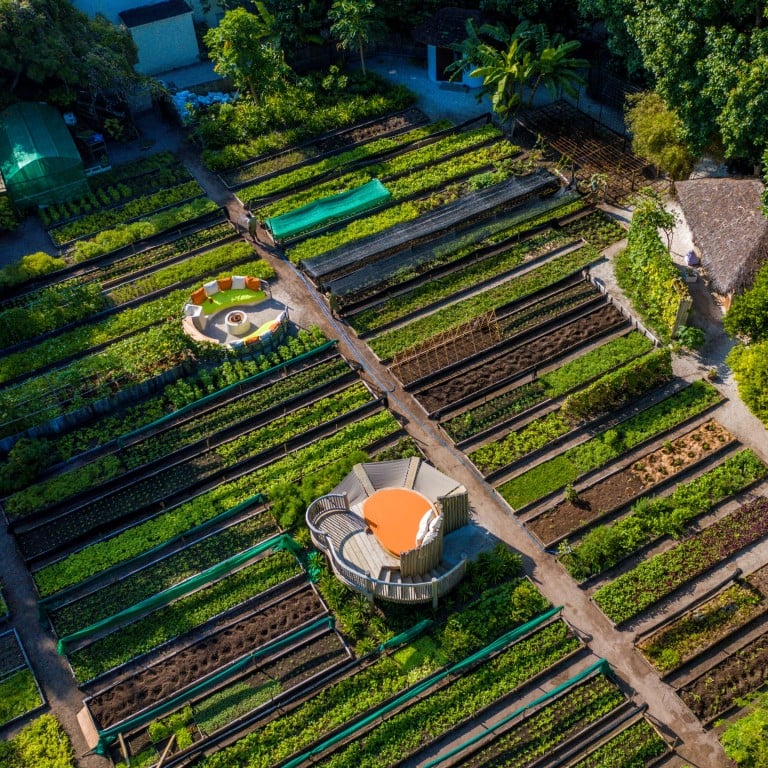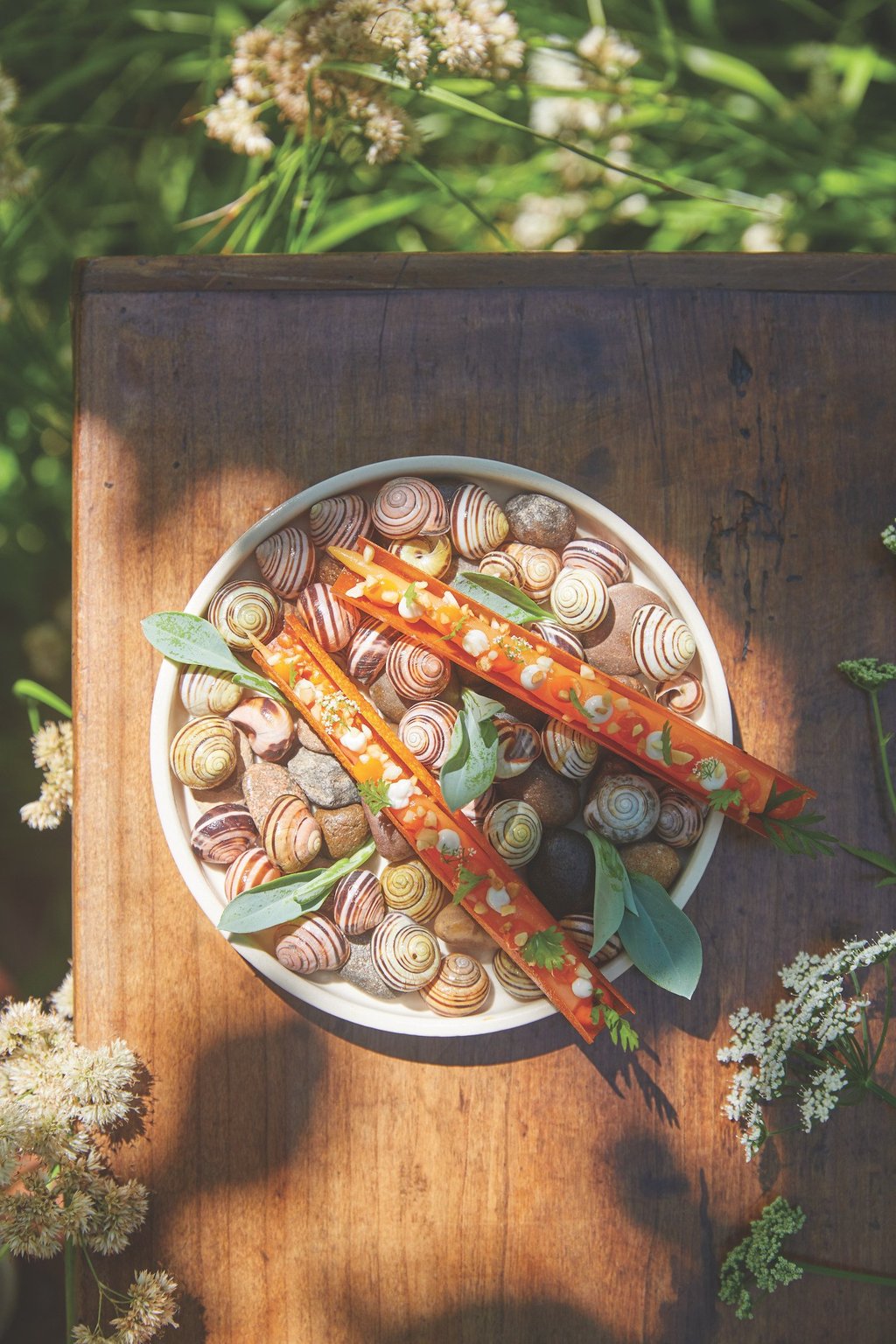What is garden to plate and why do fine dining chefs love it? Michelin-starred restaurants and luxury resorts, from Hong Kong’s Roganic to the Maldives’ Soneva Fushi, are embracing sustainability

- Food’s provenance and environmental impact are becoming important factors for diners, and top restaurants are responding by creating their own organic farms and gardens
- From hi-tech urban operations growing micro greens to extensive fields and orchards, fine dining chefs are seizing opportunities to source their own ingredients – to delicious effect
While some are new to gardening, others could be considered trendsetters. Take for example Raymond Blanc OBE, chef patron of two-Michelin-starred Le Manoir aux Quat’Saisons in the Oxfordshire countryside of Britain.

“In another life I would have been a gardener,” he says. “I have always been grounded in an eco way of being. Born out of a personal ethos, seasonality, foraging and avoiding waste has always been part of a greener holistic approach.”
Blanc was a pioneer in what is now called “garden to plate”, and Le Manoir’s garden is surely one of the most impressive run by any restaurant, covering one million sq ft with 11 different areas, plus orchards of heritage fruit trees.
“I always dreamed of a house with a large garden where I could entertain my guests. The first thing I did when I came to Le Manoir in 1984 was to create the vegetable garden,” he says.
Overrun with weeds and rabbits, the original gardens required years of toil to become an intrinsic part of the restaurant’s operations. Now they produce over 250 different organic varieties, including 90 vegetables and 70 herbs. “From giant pumpkins to tiny micro greens, we grow the best tasting edibles with every variety carefully chosen for its taste and texture,” Blanc boasts.

The bounty of produce supplies both the restaurant and the chef’s cooking school with ingredients for at least nine months of the year. Now, Blanc says, the gardens are an essential part of the Le Manoir journey, with guests often spending as much time outdoors as at the table. “They are a celebration of the seasons and a thriving ecosystem. We champion sustainable produce, ethical farming, and through this create dishes that enrich the palate,” he says.
The first thing I did when I came to Le Manoir in 1984 was to create the vegetable garden
Newer to gardening, but just as passionate, is acclaimed Canadian restaurateur and chef Darren MacLean. A competitor on Netflix’s The Final Table, he is one of the country’s most outspoken environmental advocates. MacLean initially started Nupo Farm in Calgary as a way to keep staff employed during the pandemic. “It has now become an inspirational space for my team to plant, harvest and cook,” he says. “It sits on farmland that hasn’t had any pesticides on it for over 28 years. We practice a style of farming pioneered by Masanobu Fukuoka, a predecessor to what we now know as regenerative.”